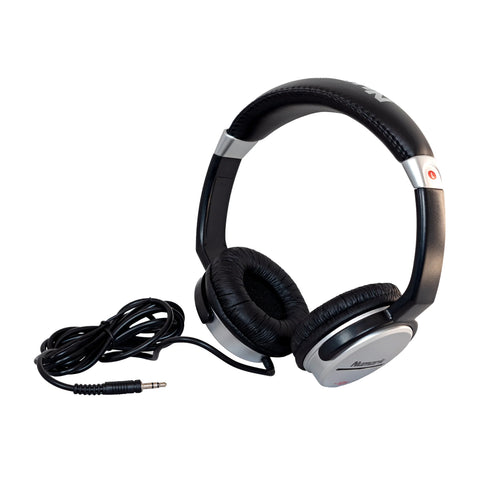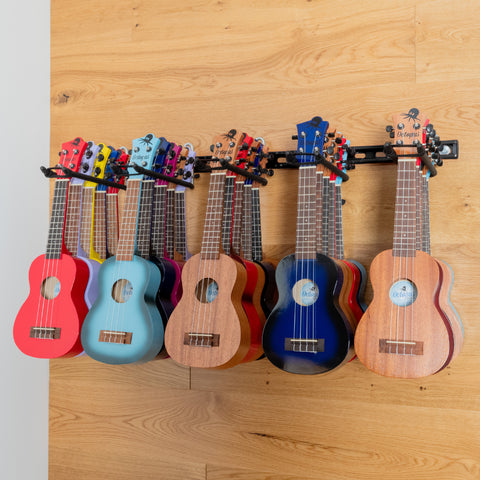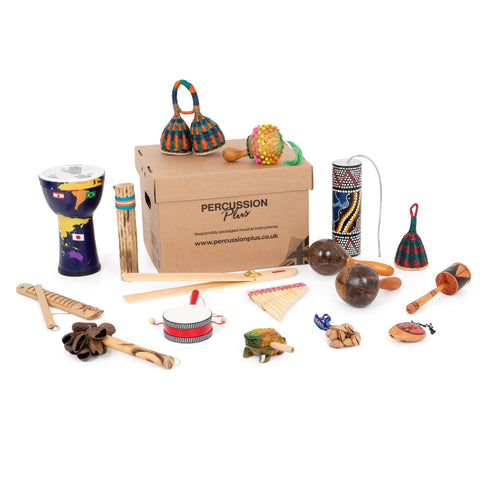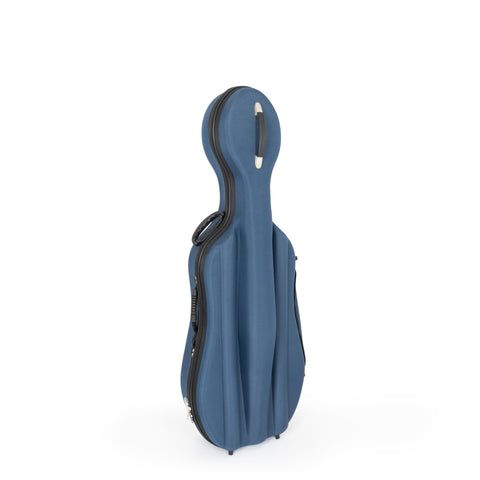Notation software programs allow students to compose with freedom and enjoyment, helping to channel creativity into end products with efficiency and accuracy. These days, there are an increasingly large number of notation programs to choose from, and this article will walk you through some of the different options you could utilise in your school.
Paid Software
For many, it will be worth investing in one of the high-quality, paid notation software programs on the market. But which one is right for me? Here’s our take on the three most trusted and well-established notation software programs for schools:
Sibelius is the industry standard software. In the 30 years since its initial release, Sibelius has become a popular and trusted program for composers of many levels, from the classroom to the concert hall. It is a very powerful and well-developed piece of software, with a great variety of functions and notation features. Its layout shares similarities with a number of Microsoft Office applications. Sibelius comes with excellent MIDI integration, meaning it can be used interactively with keyboards which could be appealing for younger composers and can increase working efficiency.
Sibelius Ultimate is a premium product and is priced accordingly, but it is popular and well respected for good reason.
Pros:
- Industry standard software
- Very powerful
- Good MIDI integration
- Extensive notation features
- Familiar layout
Cons:
- Expensive
- Layout could be more efficient
Sibelius licences for education start at around £100 for a single seat, with a minimum purchase of 5 seats at once. This applies to both networked licences (added to your own school network) and standalone licences (added to individual PCs).
Steinberg’s Dorico Pro 5 is a powerful and intuitive piece of software, which produces high quality, publication-ready scores. Made by developers who previously worked on Sibelius, these two programs certainly bear some similarities, but there are some differences in functions and layout which may alter people’s preferences. Fortunately, both Dorico and Sibelius offer free trials, allowing you to make an informed decision about which you prefer before purchasing for your classrooms.
We also offer Dorico Elements, a slightly more limited version, which is still a very strong program for a smaller price than the Pro version. It allows you to compose for as many instruments as you like, but without as many of the sounds or customisable features as Pro. This version is definitely worth considering for schools, perhaps in combination with some Pro seats.
Pros:
- Publication-ready scores
- Smooth note input and editing features
- Similarly powerful to Sibelius
- Lower tier version is still solid
Cons:
- Not quite as well-known as Sibelius, and therefore possibly less useful to learn in the long term
- Education version not as discounted as other alternatives
A Dorico Pro site licence for education costs around £120, again with a minimum purchase of 5 seats at a time, and each licence can only be activated on a single computer.
Presonus’ offering is well suited to schools, especially considering an unlimited license package comes relatively cheaply, at around £. Notion offers top notch interactivity, with a handwriting recognition feature that’s great for engaging young students by allowing them to learn how to draw all the symbols, but also end up with a beautifully formatted score. Notion 6 features and impressive range of sound samples from the London Symphony Orchestra, which help to make the notation really come to life in a thrilling way. After all, that’s arguably the biggest boon of software like this! The typesetting and notation features are not quite as extensive as Dorico’s or Sibelius’, but these issues are unlikely to impact schools.
For those looking to extend the creative process, it also integrates with PreSonus’ Studio One DAW, which could be useful for songwriters, or those looking to produce convincing sounding compositions to submit at GCSE or A Level.
Pros:
- Inexpensive compared to other premium platforms
- Superb playback features
- Package with Studio One is very convenient
Cons:
- Slightly less powerful in terms of notation and presentation than other premium options
Notion’s site licences for education only cost around £35, although you must buy at least 10 at once, a higher minimum purchase than other platforms. Similarly to Dorico, though, you can only add each licence to a single system.
Free Software
For those looking to give their students a flavour of composing with notation software without breaking the bank, recent years have seen the development of various free notation software programs. These might be ideal for younger groups, or in combination with some paid software seats.
MuseScore offers a powerful free music notation software, which has got a fair amount of hype behind it at the moment. It is open-source, easy to use and can be downloaded to both Windows and Mac operating systems. With fairly comprehensive composing features and sounds, as well as unlimited scores, MuseScore is an excellent beginner notation programme.
Recent news has promised much for MuseScore’s development as an education tool. Muse Group has recently acquired legendary sheet music publisher Hal Leonard, and the press release about this deal stated that:
‘Now musicians can look forward to learning more from Hal Leonard’s high-quality arrangements and top-selling content in digitized, interactive formats on Muse platforms.’
The prospect of MuseScore featuring interactive versions of famous scores makes it an even more appealing proposition, and considering its impressive free functionality many schools may feel this platform is all they need.
Noteflight has got a free notation software package too, although it is web based and limited to 10 scores each. It allows you to use basic notation to compose, allowing young students to get started in the world of computerised music notation. However, being hosted online it is very internet reliant, which can be an issue for some schools.
Noteflight also has two paid packages, Premium and Learn, which come with more extensive and powerful features.
Flat offers a solid free platform for music notation, with 30 instruments available for playback and a limit of 15 scores. However, what makes this software particularly exciting is its collaborative feature, which allows users to share and collaborate on scores in real time, online.
Flat Power is their paid package, which goes without the limitations in instruments and scores, and adds a number of other features including custom instrument creation and YouTube, Vimeo, SoundCloud and MP3 audio uploads.
Flat for education comes at the very low price of around £2 per seat, making it extremely good value, even despite the high minimum purchase number of 50 seats at a time!
Sibelius First
Sibelius’ entry level tool is very basic; only four staves per score, General MIDI sounds, and no plugins. However, for those looking to give their younger students a grounding in notational composition, it provides a free look at Sibelius, making progression onto the full version that bit easier.
Dorico SE
Similarly to Sibelius First, Dorico SE is a limited version of the topline products, allowing for basic composing, and with a higher limit of 8 players.
Conclusions
The great thing about the current music notation landscape is that most of the programs on the market allow you to try before you buy. Of course, the information here can only go so far in helping you to narrow down your options. Only by doing those wondrous ‘Free Trials’, using the software yourself and working out your own preferences can you get a full sense of which is the best platform for your particular situation. If you don’t have time to do that, or are still not sure, then you can’t go too far wrong with Sibelius. This is the most commonly used software and is sure to set students up well for future compositional endeavours.








